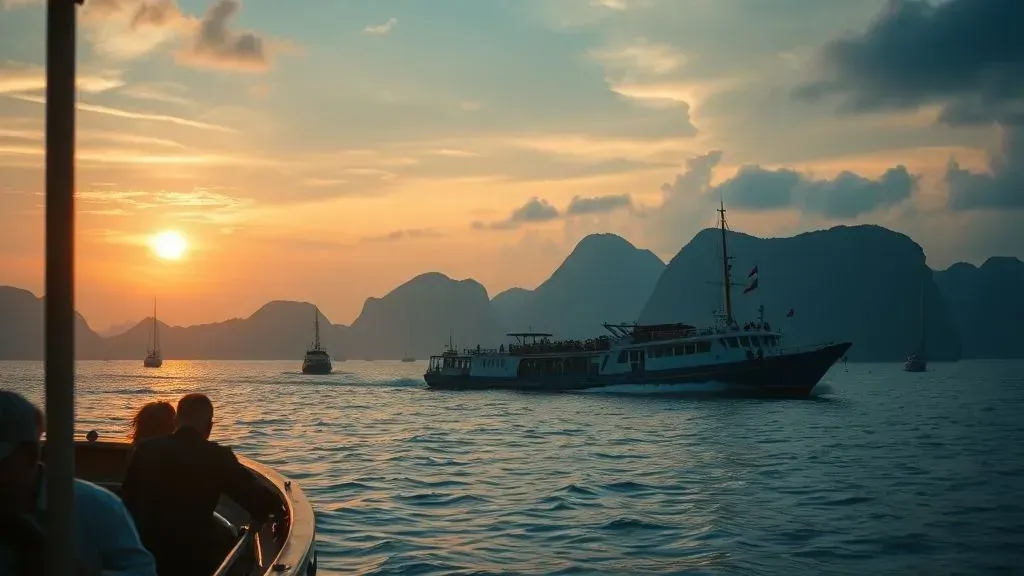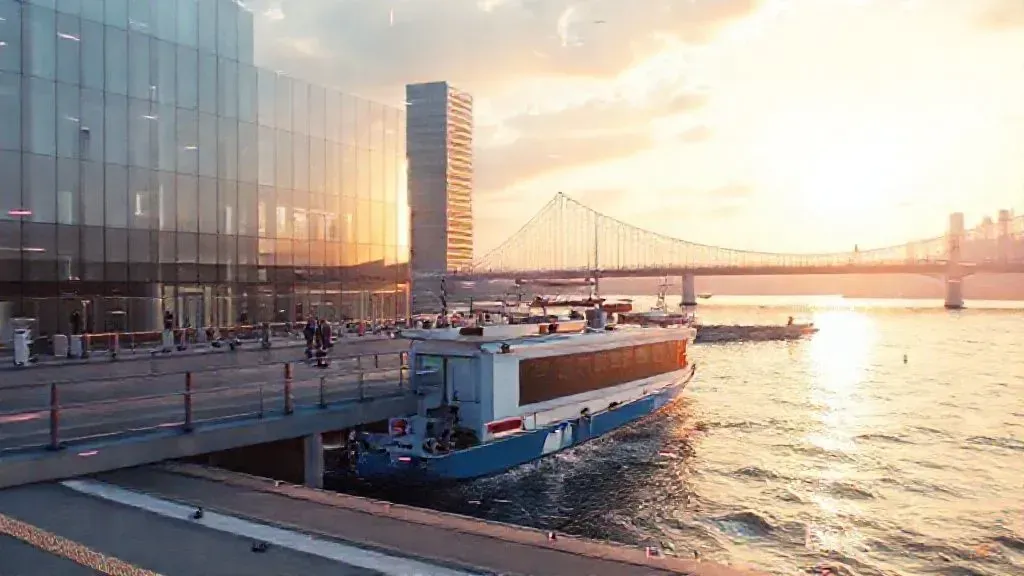In a devastating incident, a tourist boat carrying 53 people capsized in Halong Bay, Vietnam, leading to at least 27 fatalities. The tragedy occurred amidst the brewing Storm Wipha, which brought severe weather to the area.
Rescuers managed to locate 11 survivors and recovered 27 bodies, including eight children. One survivor, a 10-year-old boy, recounted his harrowing escape: "I took a deep breath, swam through a gap, dived, then swam up".
The boat was primarily filled with families visiting from Hanoi, with more than 20 children among the passengers. This raises critical questions about safety measures for tourist vessels in such treacherous weather conditions.
Authorities have vowed to investigate the cause of the incident thoroughly and hold any violators accountable. This tragic event echoes previous concerns about maritime safety in Halong Bay; last year, several vessels sank due to Typhoon Yagi's impact.
Halong Bay is renowned for its stunning landscapes and attracts millions of tourists yearly. However, incidents like this cast a shadow on its reputation as a safe travel destination.
As Vietnam grapples with the aftermath of this tragedy, discussions surrounding better safety regulations and protocols for tourist activities are more urgent than ever. In light of these events, it is imperative for both tourists and authorities to prioritize safety to prevent future tragedies.
[TWITTER_EMBED: tweet_id]
The implications of this incident extend beyond immediate concerns; it highlights the need for improved adoption of safety technologies in tourism sectors worldwide.




